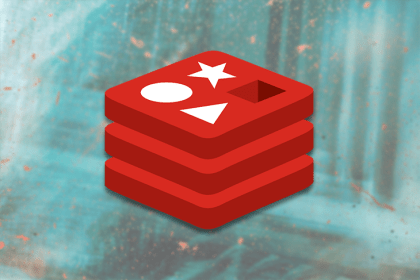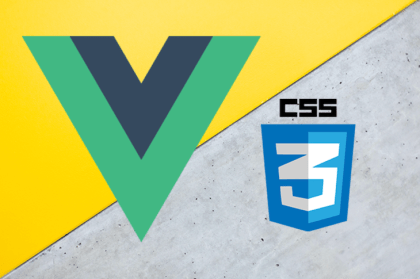
In this guide, we’ll review JavaScript expressions and operators that you can use every day to make your job easier.

Here, you can learn why Flutter is overtaking React Native, how Flutter cross-platform development works, and how to build Flutter apps.

Here are the best JavaScript libraries in 2021 you can use when engaging with machine learning or data science.

Understanding key differences between absolute and relative units in CSS is crucial for building fluid layouts and responsive designs.

Learn how the single responsibility principle can help guide your design decisions in JavaScript frameworks, especially Angular and React.

We demonstrate how using Redis to cache data in an AdonisJs application drastically reduces the response time for data requests.

Here, you can learn about the React tool Rockpack, its architecture, its modules, and why it’s needed.

Read to learn more about the synergy between Storybook and Mock Service Worker and how to integrate them together seamlessly.

Learn to apply different CSS styling methods to your Vue.js application to improve its aesthetic performance.

Learn how to integrate Vue.js into a backend application using Pug as a templating engine.

Choose among several serverless tools, which can increase your focus on core application features by performing routine tasks like authentication.

Using CircleCI Ci/CD service and Heroku cloud hosting capabilities makes continuous delivery in modern app development easier than ever before.